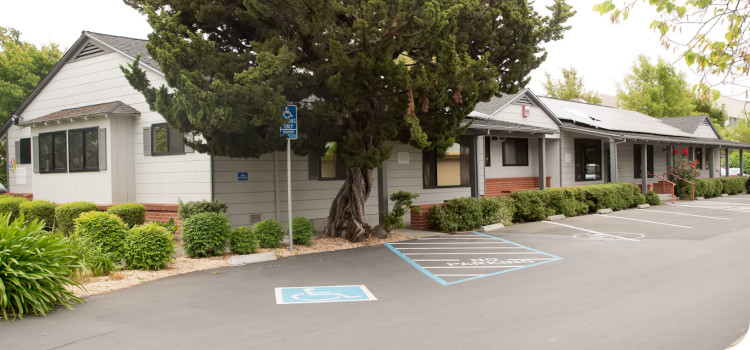Have you have been learning more about dental implants because you think they may offer you the teeth replacement solution best for your needs? If so, you’ve been becoming familiar with some new terms like “osseointegration.” While you may have a general understanding of what this means – essentially that your bone tissue will fuse with your implant post after placement – your knowledge may stop there. However, your curiosity may be getting the best of you. For a bit more information about this interesting process, allow us to provide you with additional details by answering questions often brought up by patients during visits.
What Is Osseointegration?
Osseointegration is a term used in dentistry to describe the way your jawbone fuses with your dental implant post. After we place the implant into your jaw tissue, the two will essentially “become one,” which offers exceptional stability. The cells of your bone, which is living tissue, will attach to the titanium post, causing them to “integrate” or connect.
Where Did The Idea Come From?
This process and its name first made an appearance in the 1950s. Scientist and professor, Per-Ingvar Branemark used titanium chambers implanted into rabbit bone to study blood flow. When he gathered his findings and attempted to remove the chambers from the bone, he discovered that they had bonded and that he could not extract the titanium devices.
Why Does It Work?
Patients are often curious why the body does not reject dental implants. This is because of something called “biocompatibility.” It means that a particular material is compatible – or will work with your living tissue – without causing harm. In addition, in the case of titanium, it is a porous material, which means your bone tissue can connect around and throughout the metal.
ABOUT YOUR ROHNERT PARK, CA, ORAL SURGEONS:
Combining experience in oral and maxillofacial surgery with a genuine care for their patients’ health and comfort, the team at Santa Rosa Oral Surgery is ready to improve the health and beauty of smiles in the Sonoma County and North Bay area. To schedule a consultation, contact our office by calling 707-545-4625 (Santa Rosa).

